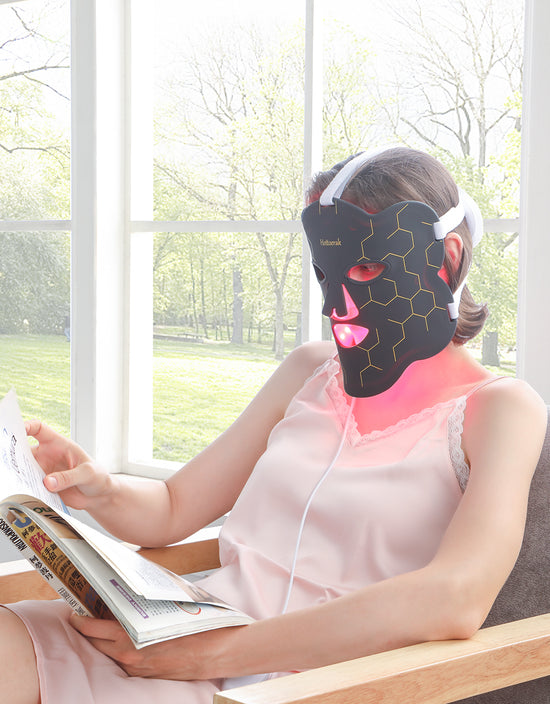As we age, our skin undergoes various changes, leading to the emergence of fine lines, wrinkles, and other signs of aging. The quest for youthful skin has led to the development of numerous anti-aging treatments. But which of these treatments are truly effective? In this article, we will explore the science behind popular anti-aging treatments, helping you make informed decisions.

Understanding Anti-Aging Treatments
Anti-aging treatments can be broadly categorized into two types: topical treatments and procedural treatments. Topical treatments include creams, serums, and lotions, while procedural treatments involve more invasive methods such as injections and surgeries. Each category has its own set of benefits and limitations.
Topical Anti-Aging Treatments
Topical treatments are often the first line of defense against aging skin. They typically contain active ingredients designed to improve skin texture and elasticity. Some of the most common ingredients include:
- Retinoids: These vitamin A derivatives promote cell turnover and collagen production.
- Peptides: Short chains of amino acids that help to stimulate collagen synthesis.
- Hyaluronic Acid: A powerful humectant that retains moisture, plumping the skin.
- Antioxidants: Such as vitamin C, which protect the skin from free radical damage.
While these ingredients can yield significant results, it is essential to use them consistently and as directed. Have you ever wondered why some people see results while others do not? The answer often lies in the formulation and concentration of these active ingredients.
Procedural Anti-Aging Treatments
For those seeking more immediate results, procedural treatments may be the answer. These include:
- Botox: A neurotoxin that temporarily paralyzes muscles, reducing the appearance of wrinkles.
- Dermal Fillers: Substances injected into the skin to restore volume and smooth out wrinkles.
- Chemical Peels: Solutions applied to the skin to exfoliate and improve texture.
- Laser Treatments: Technologies that target specific skin concerns, promoting collagen production.
While these treatments can be effective, they often require maintenance and can come with risks. Consulting a qualified professional is crucial before undergoing any procedure.
What Works and What Doesn't?
Not all anti-aging treatments are created equal. Research indicates that while some treatments offer significant benefits, others may not deliver the promised results. For instance, while retinoids and hyaluronic acid have strong scientific backing, many over-the-counter products may lack the necessary concentration to be effective.
Moreover, lifestyle factors such as diet, hydration, and sun protection play a vital role in skin health. Incorporating a holistic approach can enhance the effectiveness of any anti-aging treatment.
Conclusion
In conclusion, understanding the science behind anti-aging treatments can empower you to make informed choices. Whether you opt for topical solutions or procedural interventions, always prioritize safety and efficacy. For a unique experience, consider exploring innovative products like the , which combines technology and skincare for enhanced results.
Ultimately, the best approach to anti-aging is one that combines effective treatments with a healthy lifestyle. Remember, aging is a natural process, and embracing it with grace is just as important as any treatment.








